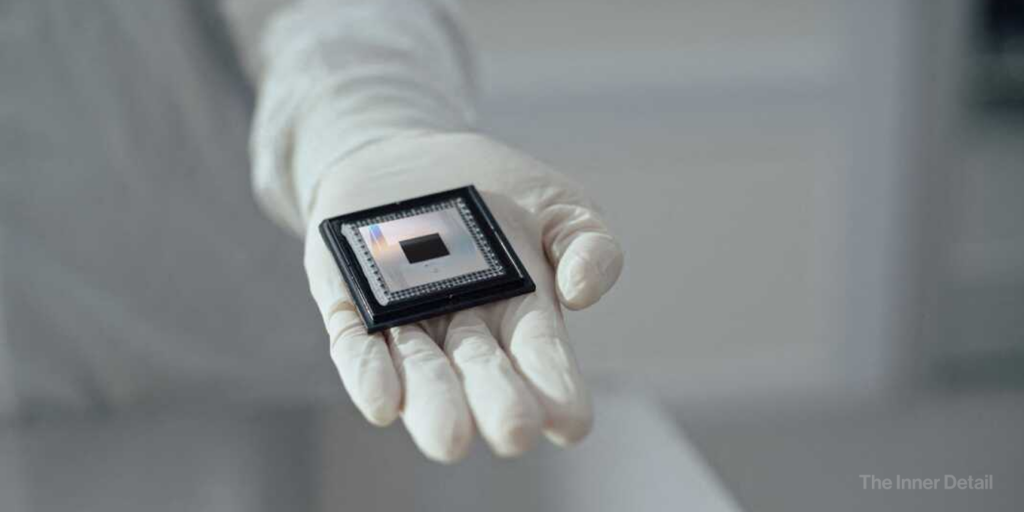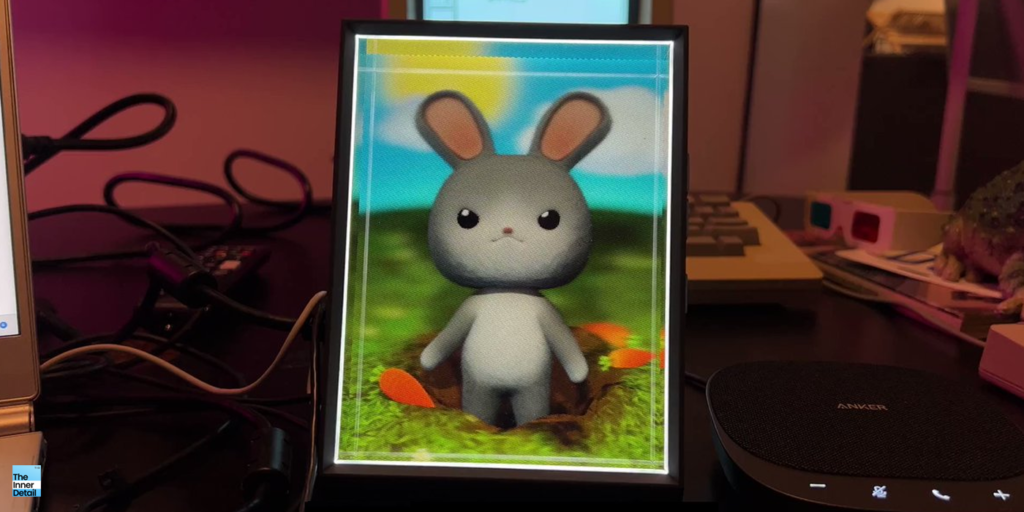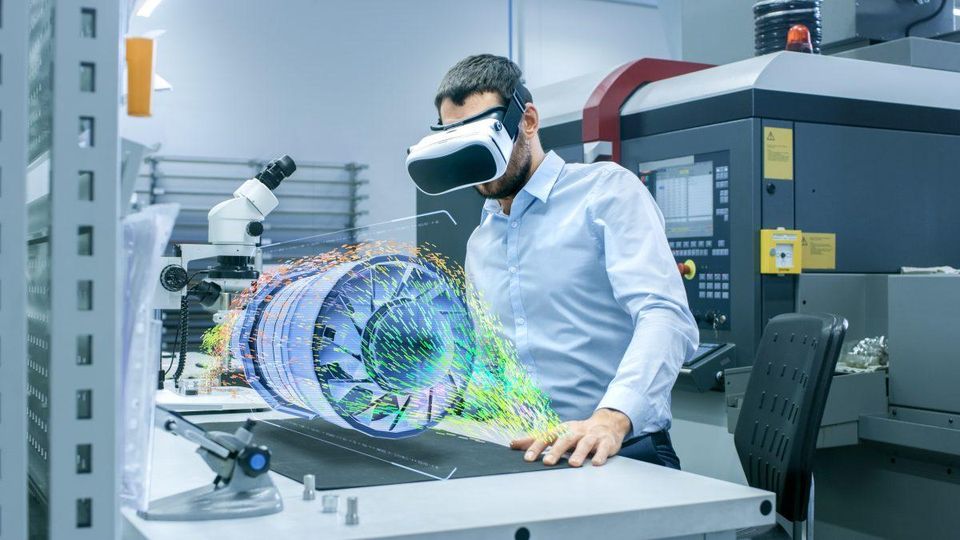Google has recently unveiled a new quantum chip called “Willow” – the ‘most powerful-chip’ ever made till date. Willow enabled Google in two major achievements in the field of quantum error correction and computing, enhancing the level of computing than what it is now with AI supercomputers.
Google has been visionary in the field of computing, constantly questing for ways to achieve sophisticated computing, that will untangle numerous benefits. Likely to artificial intelligence, the tech-giant has been working on ‘quantum’ since 2012 and twelve years later, it now stands at a sweet and first spot of having a quantum-chip with error-correction, which no other company had achieved so far.
I already wrote a blog on Google’s progress in Quantum computing a year before, when the firm announced its feat on solving quantum-errors. You can take a read there too, for understanding more about Google’s take on quantum computing from the start. Now, we will focus on the new quantum chip Willow.
Google’s Willow
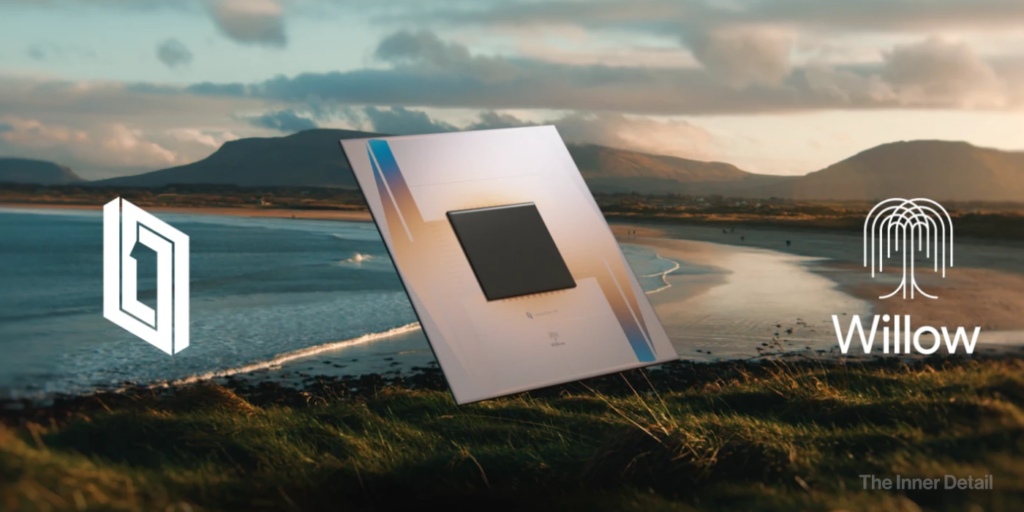
The latest quantum chip revealed by Google – ‘Willow’, is the first of its kind, having a state-of-the-art performance across a number of metrics. Willow becomes the most-powerful chip ever made till date and can perform complex operations in 5 minutes which would take classic state-of-the-art supercomputers 1025 years, or longer than the age of universe.
Quantum computing have this peculiar ability of ‘supremacy’, where bits can take multiple states – 0, 1 and anything in between at same time, enabling the system to encounter endless possibilities before arriving at a solution. However, ‘endless’ also means too much of space for errors, which was what had made quantum computing unreliable so far until now.
Google’s ‘Willow’ chip succeeds through two vital complications involved in the quantum-field – quantum error correction and quantum coherence time (maximum duration a qubit can maintain its quantum-state).
If you are new to this quantum-field, I recommend reading this “Quantum-computing: Explained” article, where A to Z on quantum is discussed.
What can Willow do?
This accomplishment by Google marks a significant achievement in the company’s computing ability, wherein Willow can provide Google an edge over other companies.
Willow, which has 105 qubits, “now has best-in-class performance,” according to Neven. Microsoft, Amazon, and IBM are working on quantum computing systems of their own.
Willow can do the most complex computing in less than 5 minutes, a process which will take world’s fastest supercomputers 1025 years, Google claims. Google measured this quantum performance using a benchmark test called “random circuit sampling” (RCS), which the firm itself created in 2019.
“RCS is the classically hardest benchmark that can be done on a quantum computer today. You can think of this as an entry point for quantum computing — it checks whether a quantum computer is doing something that couldn’t be done on a classical computer,” says Quantum AI head of Google.
Willow also achieved 100 µs coherence time for the qubits – meaning, the time up to which qubits can retain its quantum state. This is an impressive ~5x improvement over Google’s previous generation of chips.
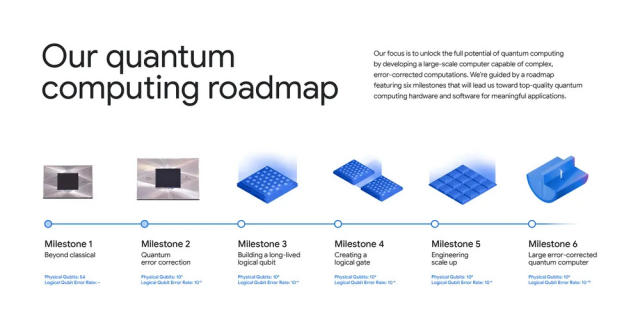
However, having a commercial quantum-chip is still many years away. Google is now working on to bring useful, beyond-classical quantum chips in a real-world application. Going forward, Google’s Quantum AI founder & lead, Hartmut Neven says quantum technology will be “indispensable” for collecting AI training data, eventually helping to “discover new medicines, designing more efficient batteries for electric cars, and accelerating progress in fusion and new energy alternatives.”
Google parent Alphabet saw its shares jump by almost 5% after the tech giant unveiled its latest quantum chip Willow.
Application of quantum chips
- Quantum computing can accelerate solutions for some of the unsolvable problems in the world, from climate change to disease.
- As the nature behaves quantum mechanically, quantum computing gives us the best possible chance of understanding and simulating the natural world at the molecular level.
- Quantum computing can be applied in design more efficient batteries, create fertilizer using minimal energy and would uplift the approach of energy generation, making it incredibly efficient.
- It could also figure out what molecules might make effective medicines, enabling breakthroughs in the drugs and medication.
- It may also help uncover the mysteries behind the dark matter in space.
- Quantum-chips are so powerful that it can even break down the blockchains, encryptions and other security systems, posing a significant threat to financial systems of countries and people. However, since the arrival of these chips is still years away, we don’t have to worry on that, unless China found to be secretly on these quantum chips.
What do you think of these quantum chips arriving to real-world?
(For more such interesting informational, technology and innovation stuffs, keep reading The Inner Detail).
Kindly add ‘The Inner Detail’ to your Google News Feed by following us!
